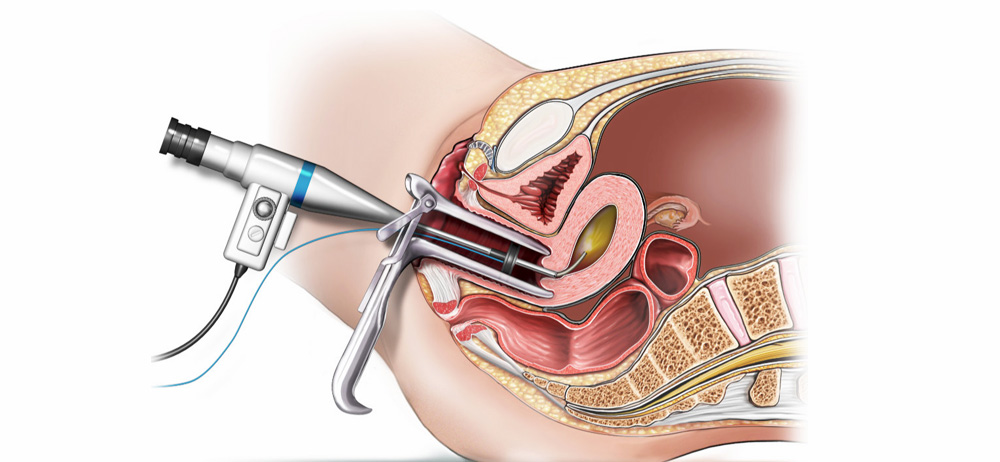
Postmenopausal bleeding refers to any vaginal bleeding that occurs after a woman has undergone menopause, which is defined as the absence of menstrual periods for 12 consecutive months. While many cases of postmenopausal bleeding are benign, it is crucial to investigate this symptom promptly as it can sometimes be an indicator of underlying health issues.
Treatment depends on the underlying cause. Benign causes may require hormonal therapy or other interventions to alleviate symptoms.
In cases where cancer is detected, treatment modalities may include surgery, radiation, or chemotherapy.
Regular gynecological check-ups, including Pap smears and screenings, are essential for the early detection of abnormalities and the prevention of potential health issues.
Postmenopausal bleeding should never be ignored, and any such occurrence requires a thorough evaluation by a healthcare professional. Early detection and intervention play a crucial role in managing potential underlying causes and ensuring optimal postmenopausal health.
For more information please contact Laxmi Advanced Womencare @ +91-7304075735 / charmithakker@yahoo.com